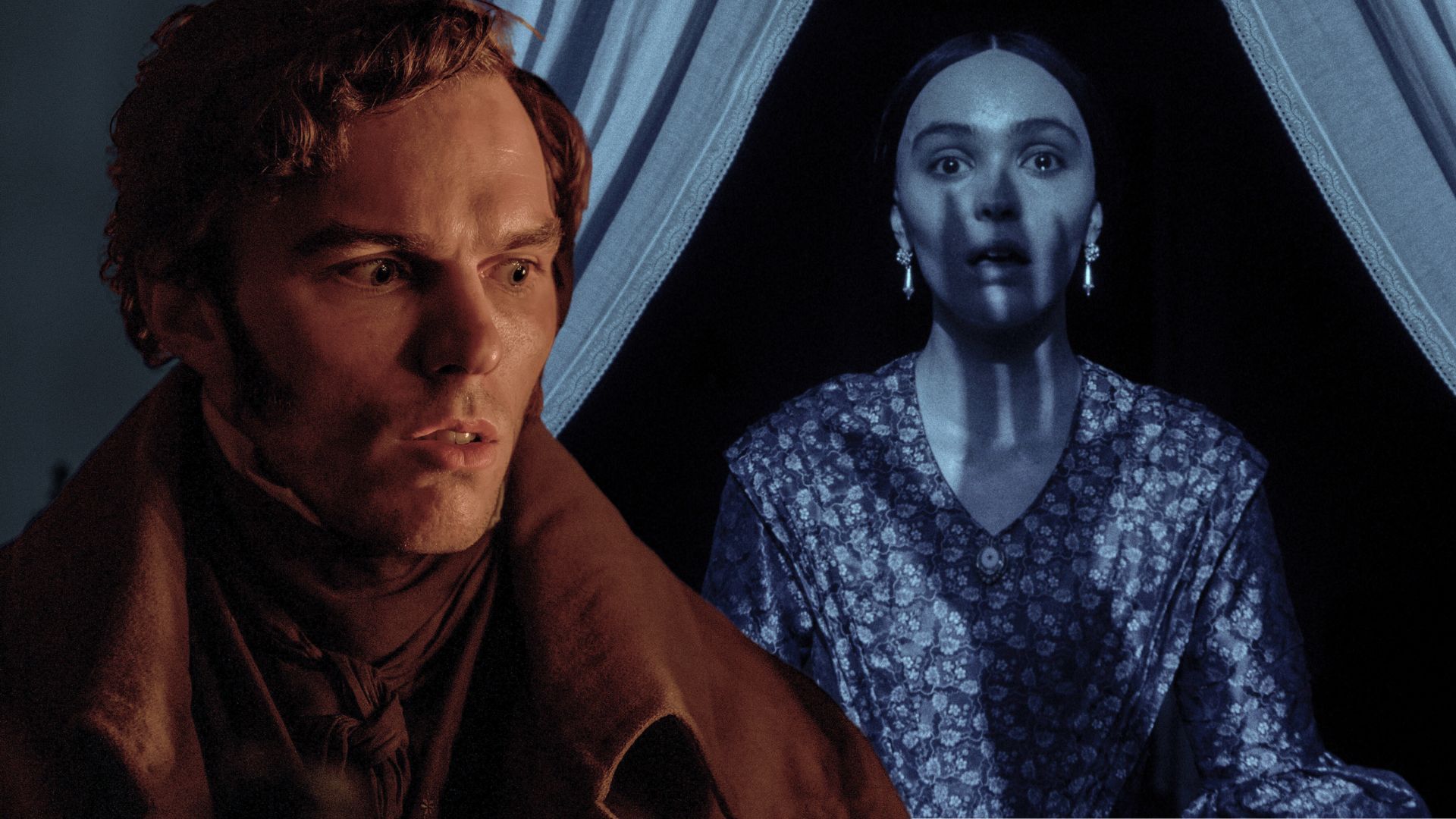
As a cinephile with a soft spot for gothic horror and a keen interest in the evolution of filmmaking over the past century, I found Robert Eggers‘ “Nosferatu” to be an absolute triumph. Having grown up watching classic films, I was eager to see how this modern interpretation would pay homage to its roots while still carving out its own unique identity.
Robert Eggers’ fresh interpretation of Nosferatu immerses viewers further into the chilling terror that first emerged over a century ago in F.W. Murnau’s silent masterpiece. With each new project, Eggers continues to demonstrate his proficiency in detail, weaving intricate elements throughout every shadowy corner of his work. From the ominous sound of a gate creaking shut to the suspended specks of dust on an abandoned path to the telling mark of an ancient occult terror on a wax seal, no detail is overlooked in his meticulously crafted cinematic universe.
In his own words, Eggers delved extensively to construct the intricate world portrayed in the film. This immersive experience centers not only on the visible aspects but also on what’s hinted at beyond the edges of the frame and beneath the surface. This attention to detail extends to the story’s essence and the additional depth Eggers has added to this new adaptation. The movie’s brilliance is found in its precise execution, as it continues and expands upon the legends and folklore of Nosferatu, now a century old.
A Familiar Story with a Few New Surprises
The story “Nosferatu” revolves around an ancient evil being, awakened by the summons of a young woman named Ellen (played by Lily-Rose Depp). From the very start, reality and nightmares seem intertwined for both viewers and characters. Ellen later ties the knot with Thomas Hutter (portrayed by Nicholas Hoult), who’s attempting to build his wealth through real estate deals. An apparently golden opportunity arises for him from an eerie boss, Herr Knock (played by Simon McBurney in a chilling role reminiscent of Renfield). This opportunity demands that Thomas journey to a distant castle and close a sale on a luxurious property in his town to the mysterious and undead Count Orlok.
In a fresh take, Robert Eggers didn’t just recreate your great-grandfather’s Count Orlok; he modernized him, giving him a realistic touch. It seems as if he pondered, “What if Count Orlok was real and these events truly occurred? How would it unfold? What would it feel like?” This thoughtful approach is what makes Eggers’ work stand out, maintaining the classic style and meticulous attention to detail that characterizes his creations.
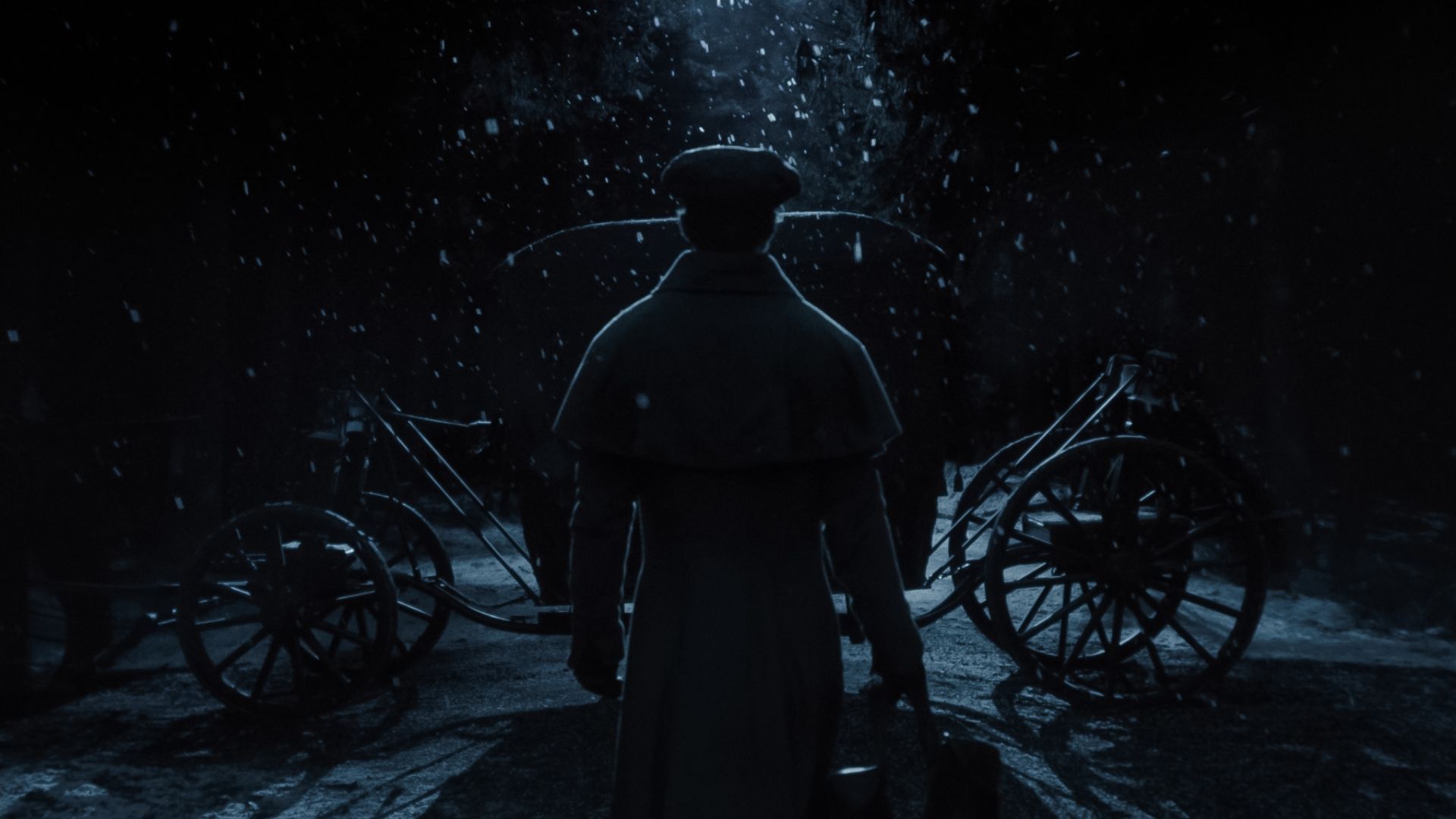
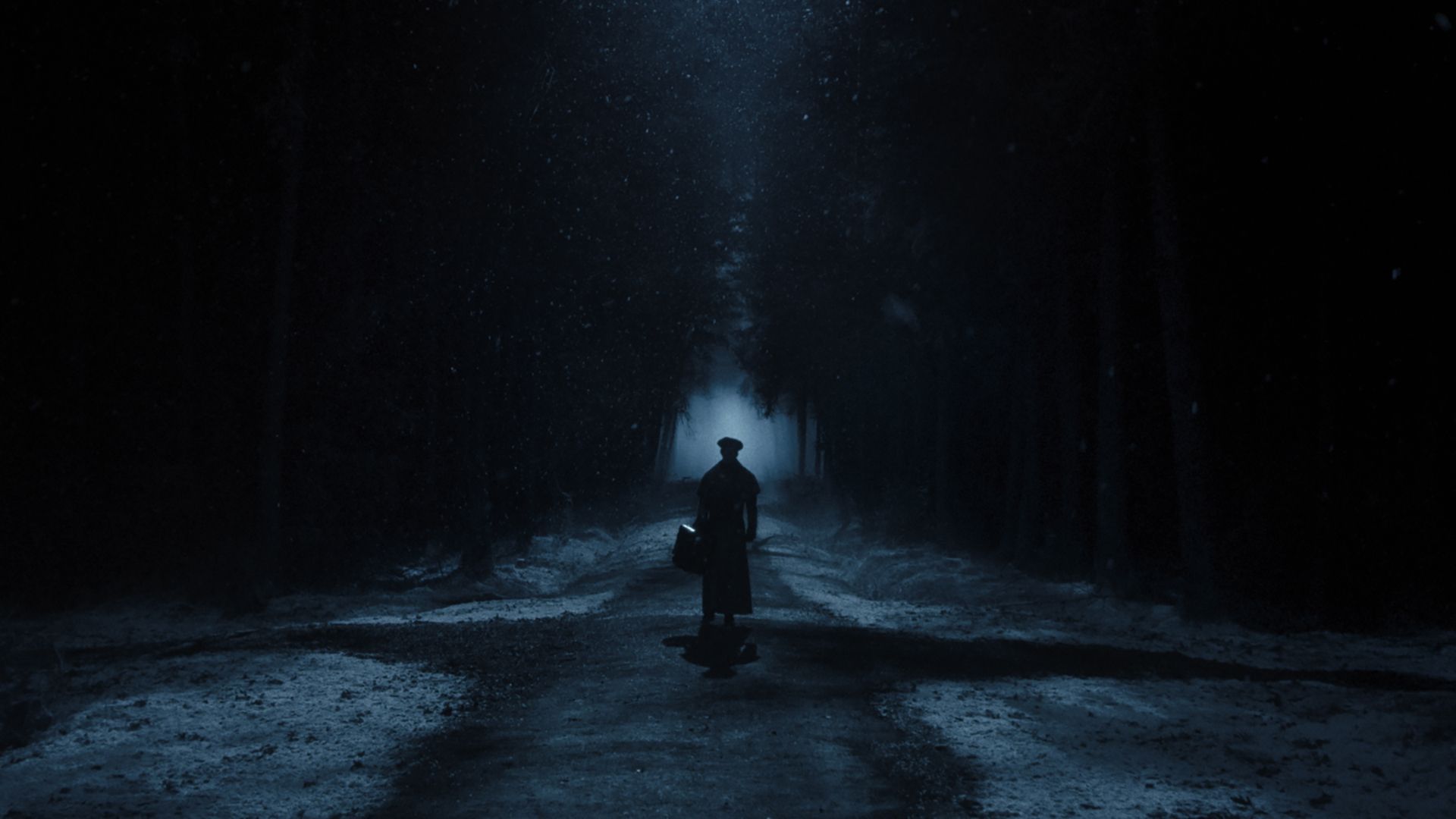
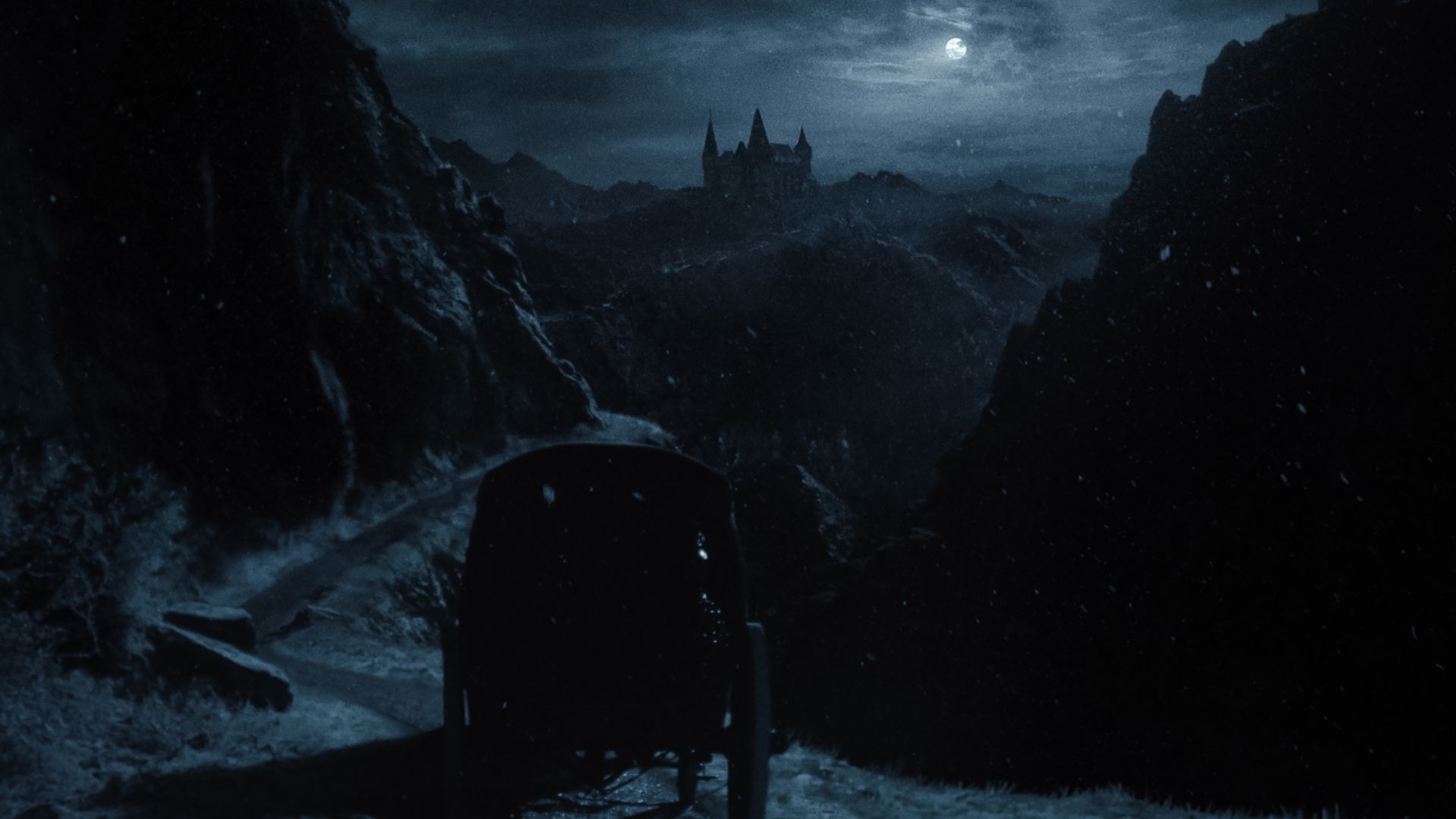
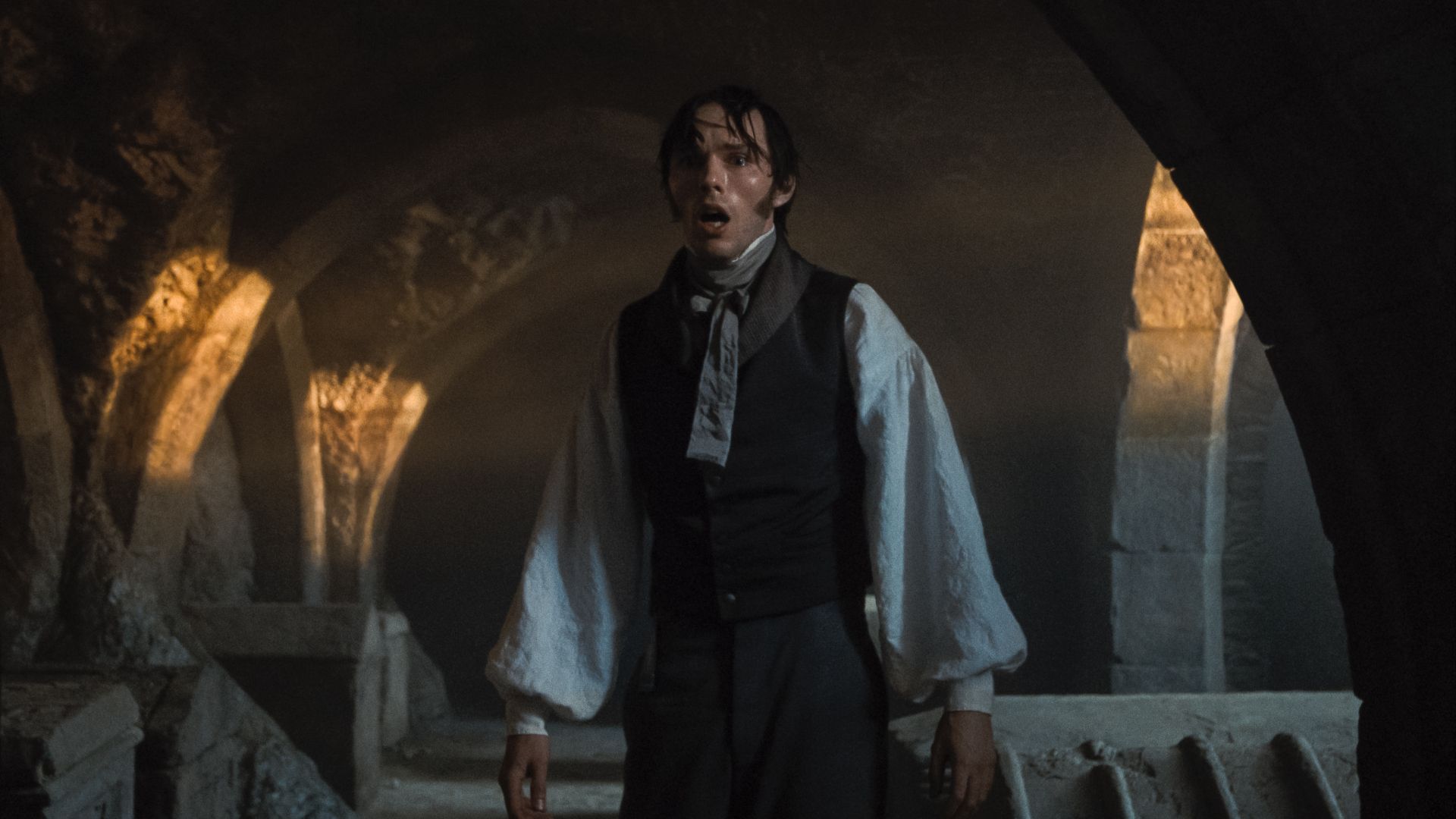
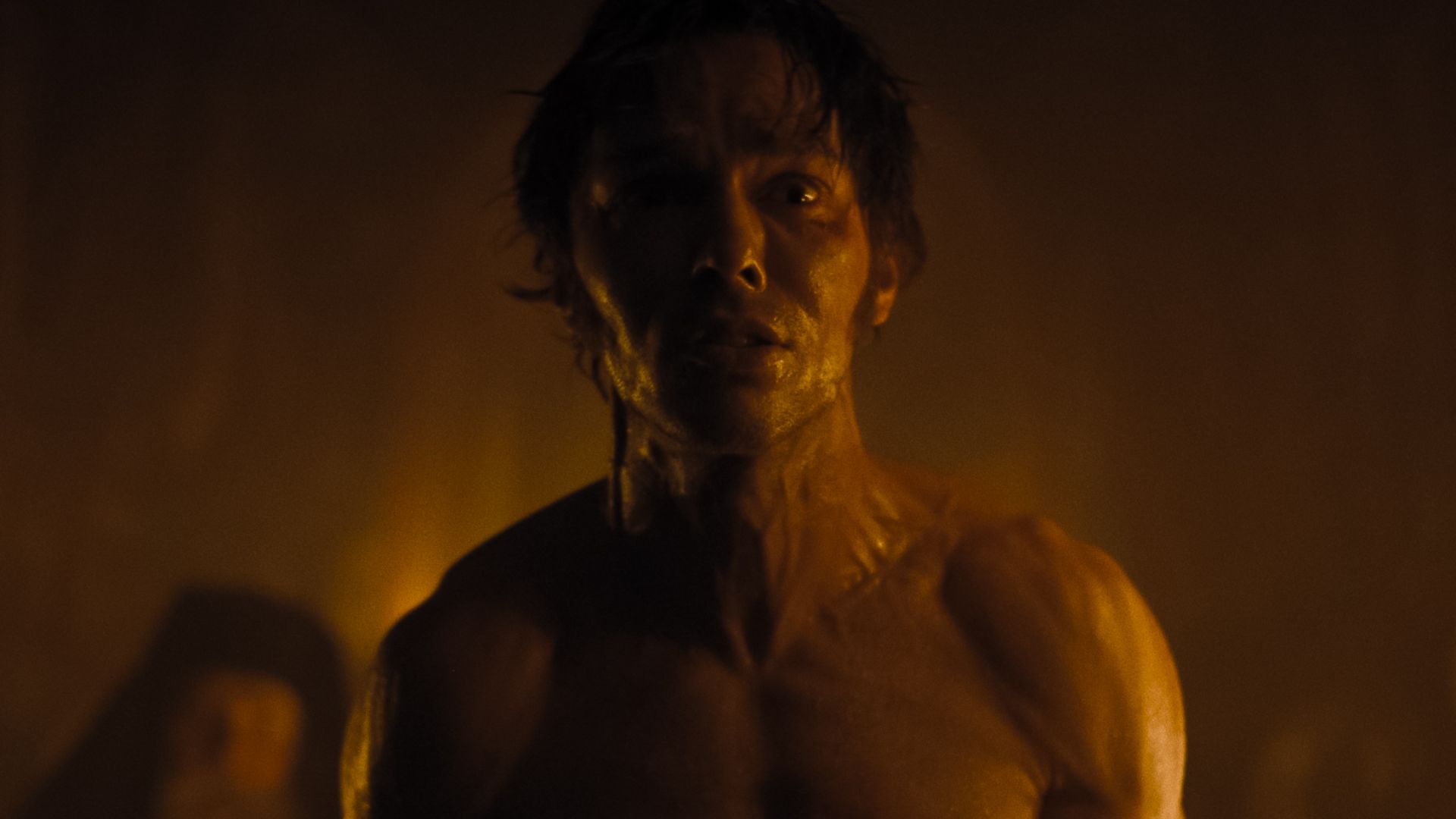
In the storyline: Overwhelmed by the desire to prove himself and earn a living, Thomas ignores countless red flags suggesting this plan is disastrous. It isn’t until he encounters the unsettling Count Orlok, who appears to move through space, that Thomas begins to question whether this risky endeavor, which he was constantly advised against, might not be the wisest choice. Persisting despite these warnings, Thomas even signs the Count’s peculiar documents. However, it isn’t until Thomas discovers bite marks on his own body upon waking up that he decides it’s high time to return home. It would be beneficial for someone to introduce Thomas to a certain Bram Stoker novel.
Regrettably, for Thomas, it’s already too late. He uncovers the fact that Orlok is not a living being, but an undead creature instead. What adds to his distress is the realization that Orlok intends to settle near Thomas’ German hometown, close to Ellen, which intensifies Thomas’ urgency to return home.
Lily-Rose Depp Becomes Ellen Hutter
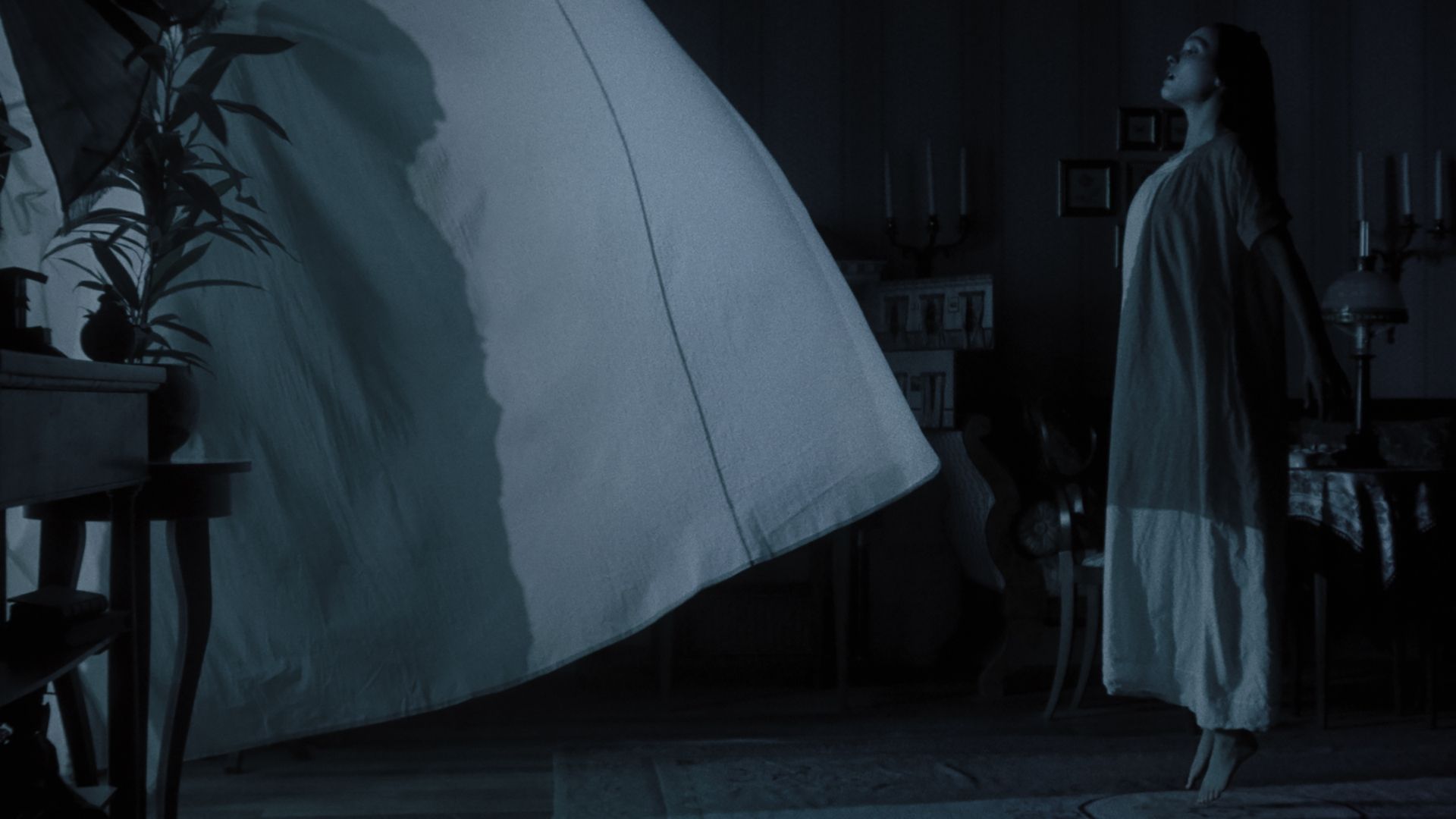
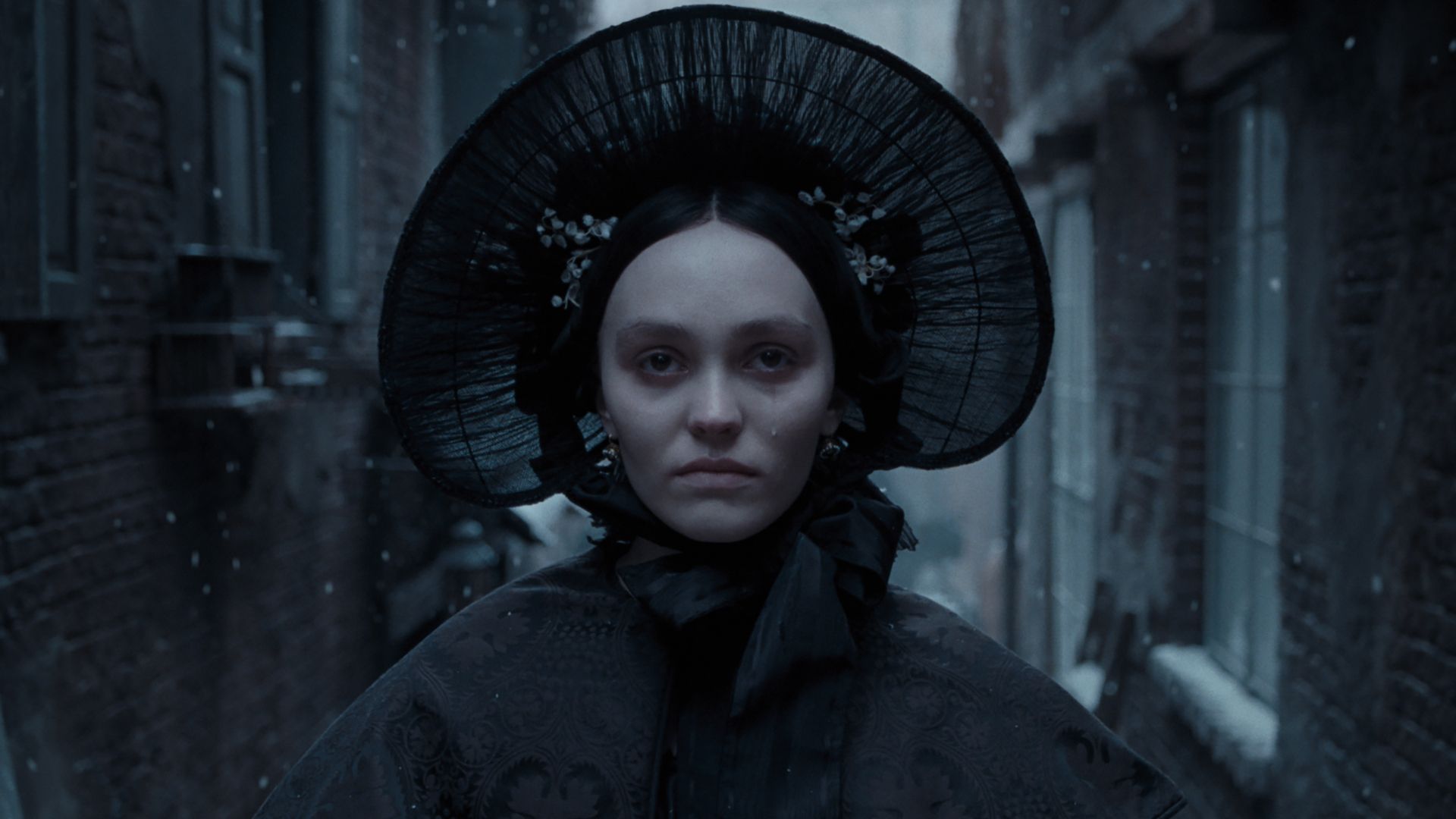
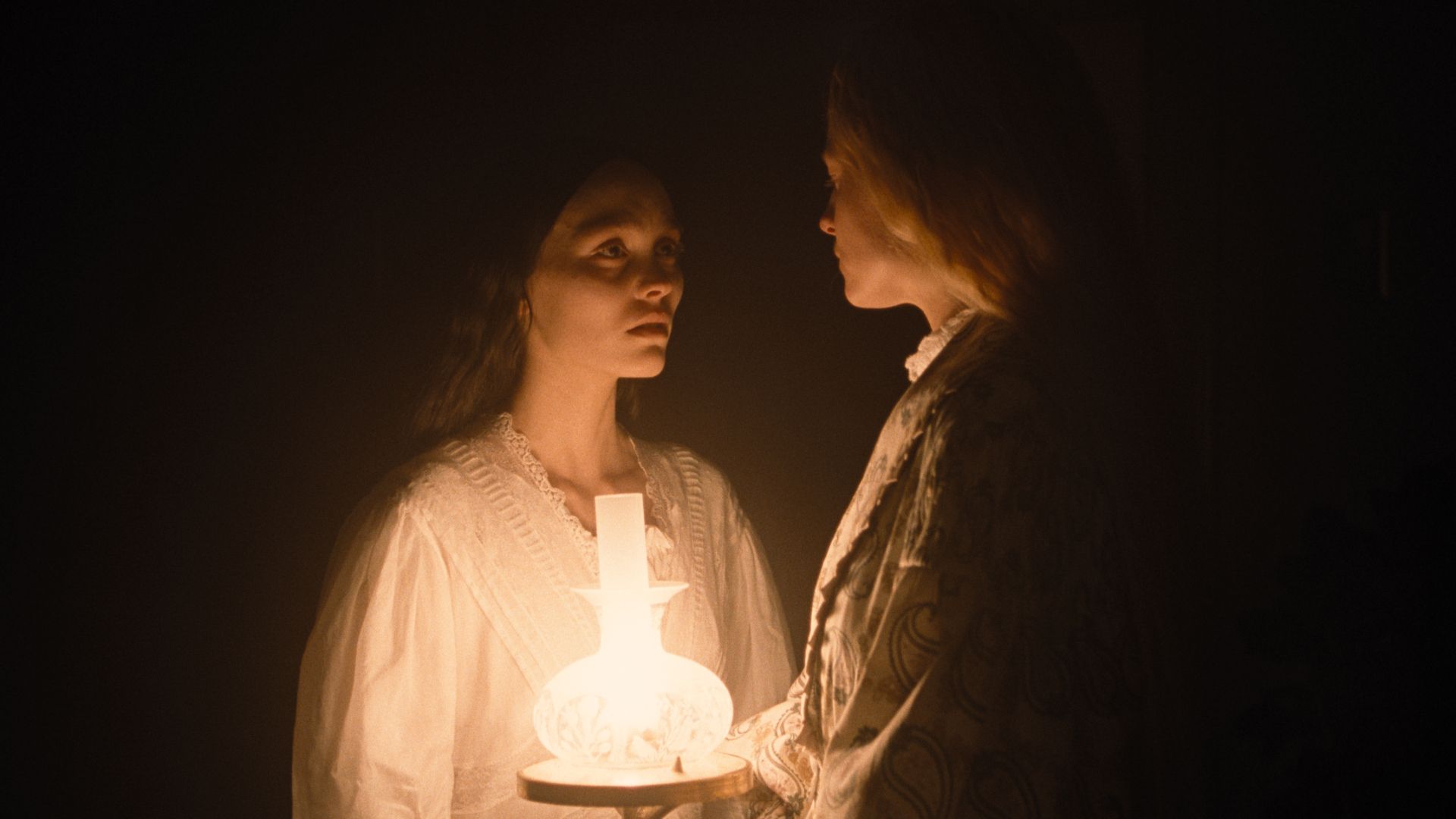
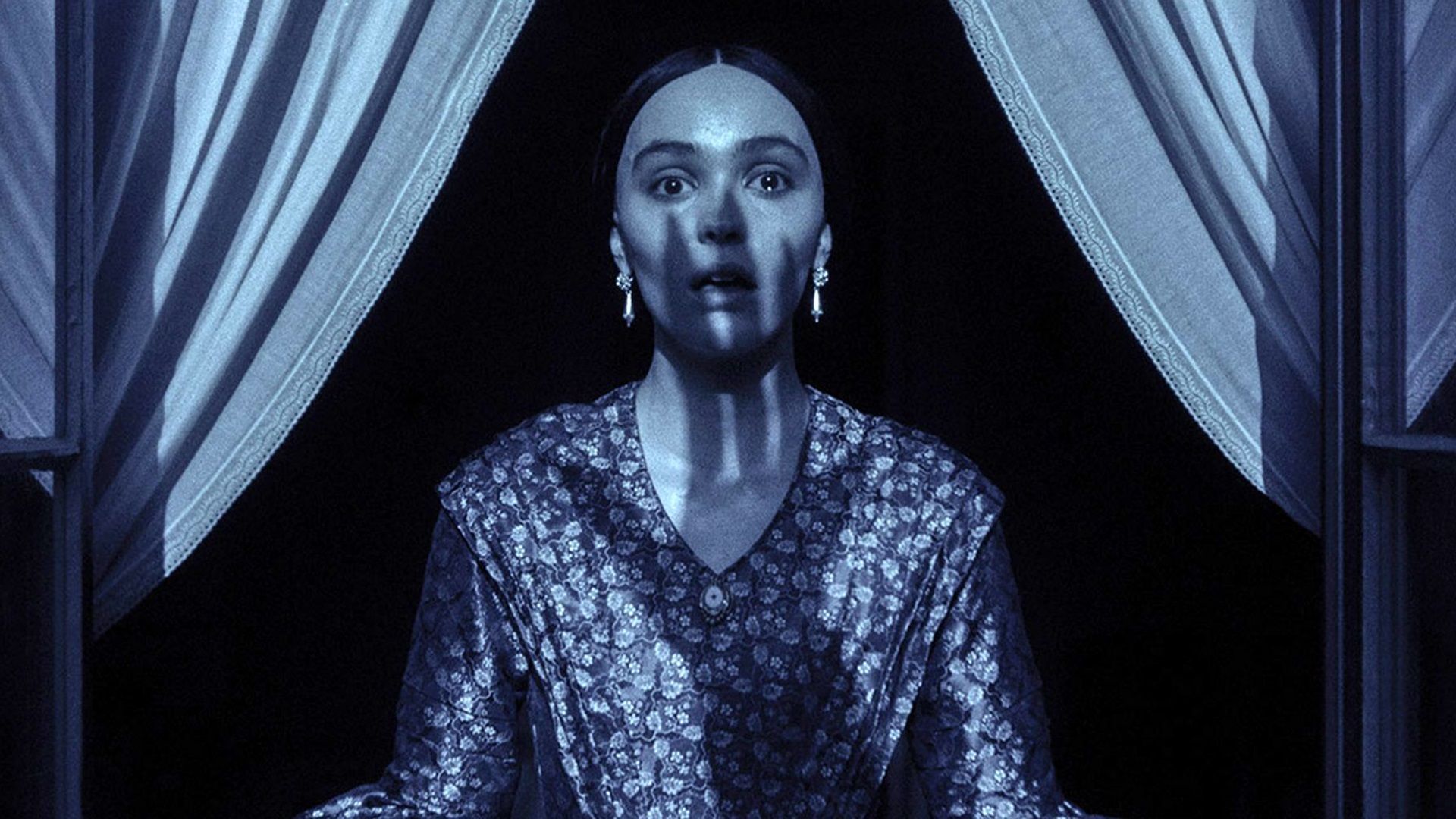
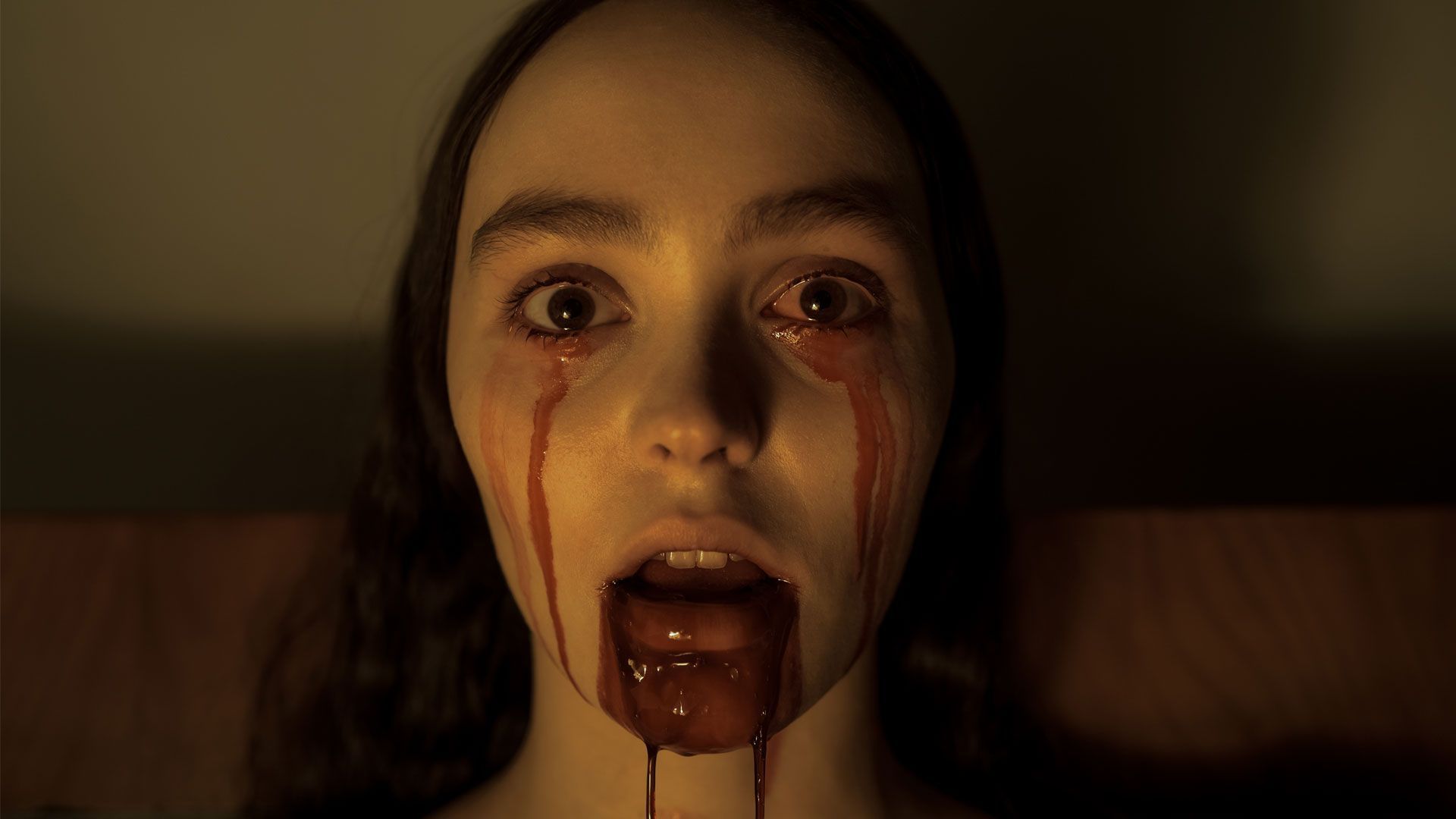
Meanwhile, Ellen is overtaken with fits and seizures while in the care of Thomas’ super-wealthy pal, Friedrich (Aaron Taylor-Johnson). The local Dr. Wilhelm Sievers (Ralph Ineson) sees this as nothing but her ongoing hysterics. At least until Knock, who had vanished, reappears eating animals alive and ranting crazily about the imminent return of some evil “him,” which is almost exactly what Ellen has been saying in her trance state.
Introducing the occult expert, Professor Albin Eberhart, portrayed by Willem Dafoe, joins Ellen and Thomas on a mission to halt Orlok’s rule and save everyone from his destructive path. The journey is filled with grisly deaths, shocking jump scares, and bizarrely eerie love scenes that lead to a grotesque yet captivating conclusion. However, the exploration through dimly lit corridors by unsuspecting characters can feel somewhat slow and formulaic at times. This sluggishness in the middle of the movie creates a sense of stagnation; more precise editing or increased intensity in horror scenes could have better linked the compelling first and third acts.
100 Years After F.W. Murnau’s ‘Nosferatu’
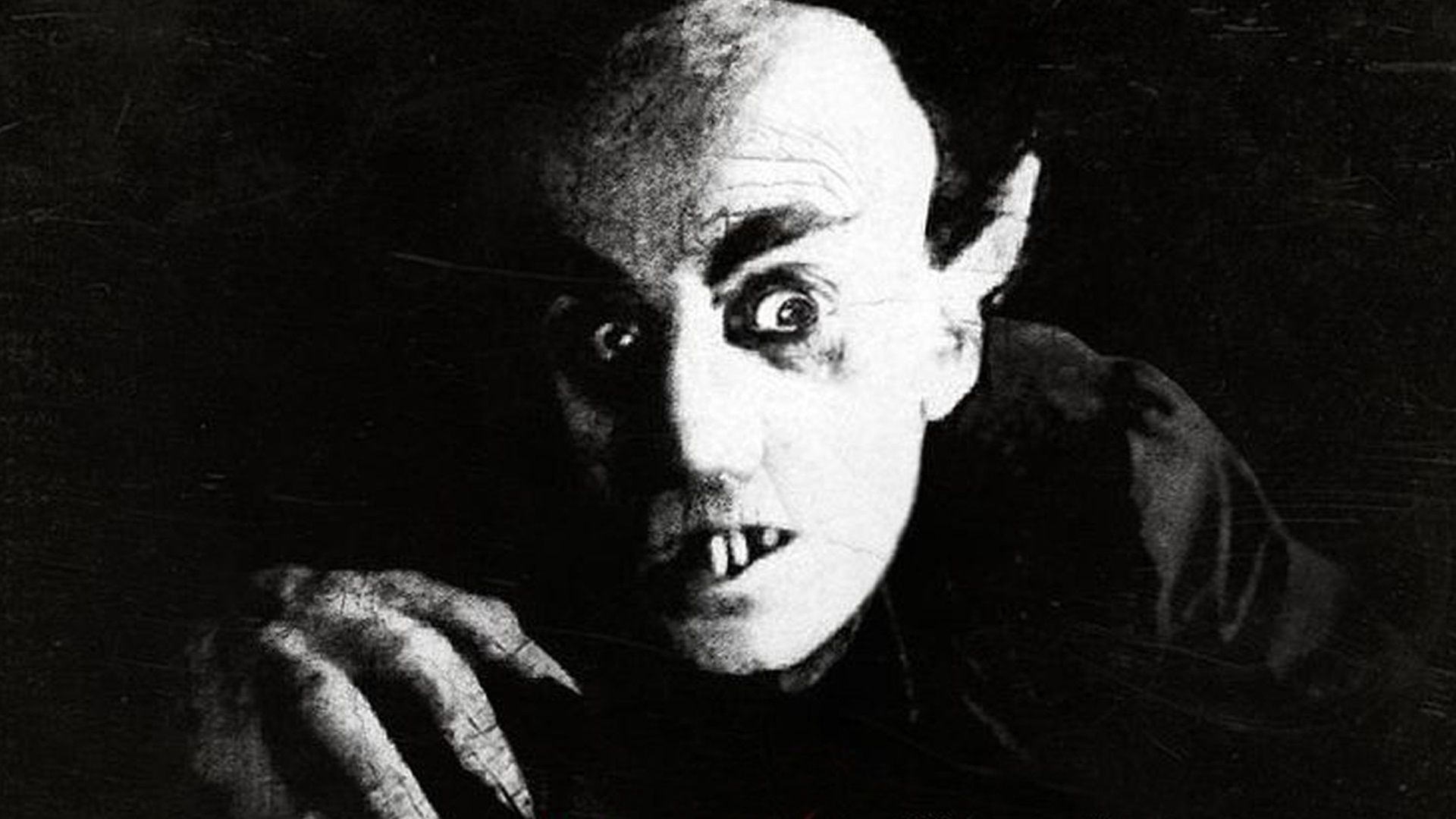
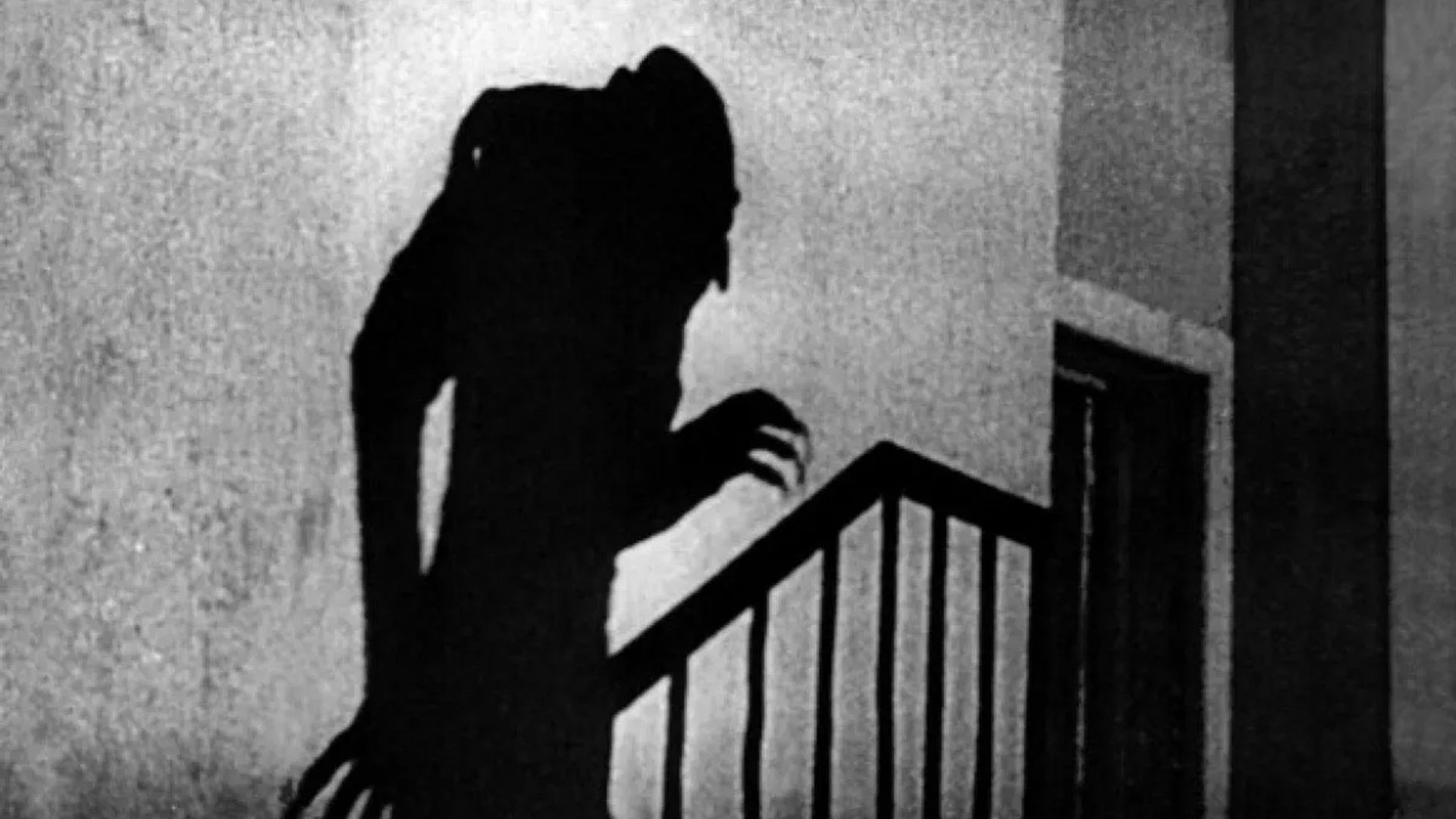
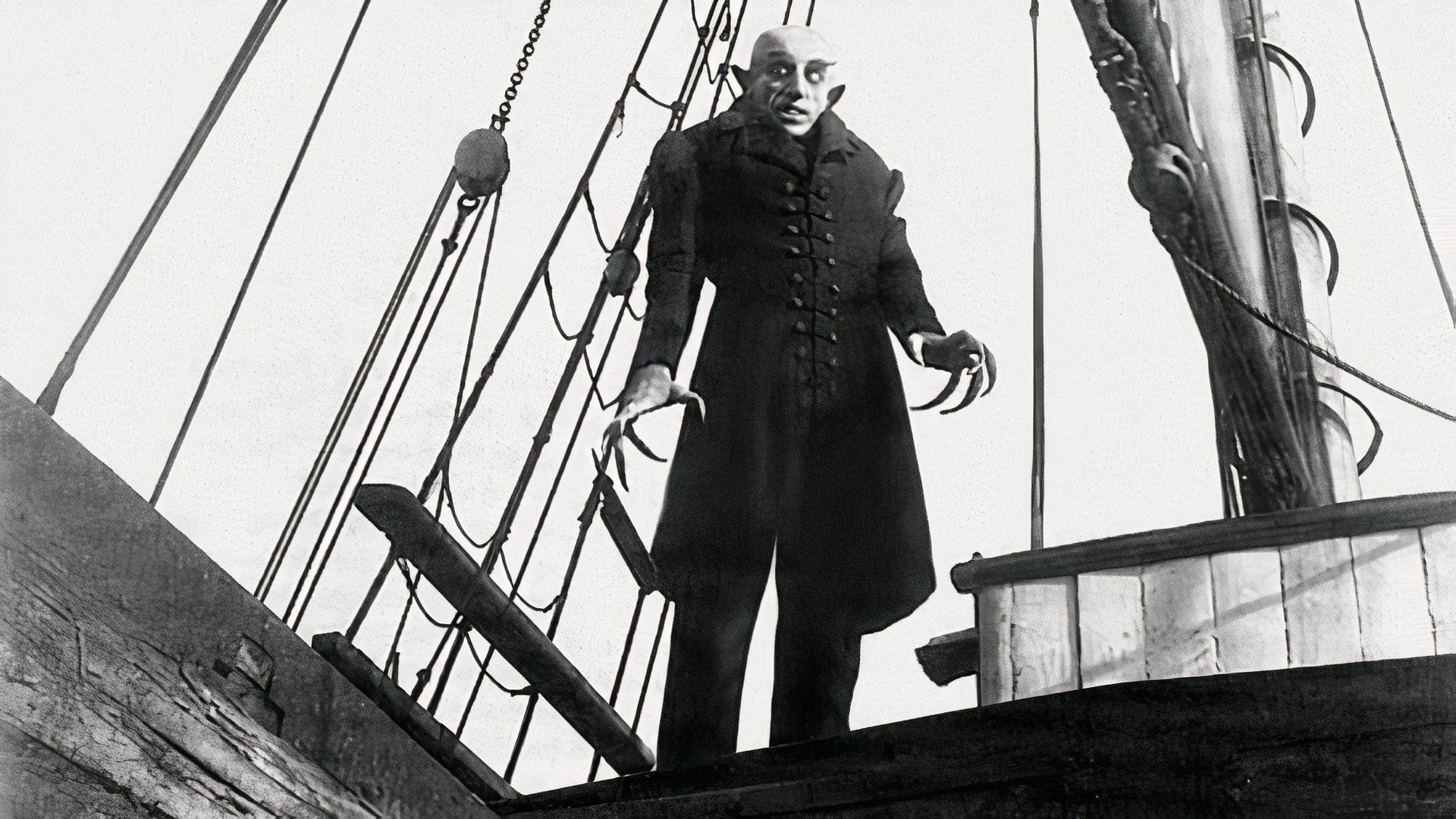
In 1922, instead of directly adapting Bram Stoker’s Dracula for the silver screen, F.W. Murnau crafted a unique version by transforming the character into Count Orlok and infusing him with distinctive traits. This adaptation deviated from the original story in places. The outcome was a film that established its own identity within vampire folklore and significantly contributed to German Expressionism, a cinematic style that remains influential in modern-day films.
Nosferatu, as you may know, isn’t actually Dracula – it’s an old Romanian term for vampire. However, Orlok is essentially Stoker’s famous character, Dracula, given a new name to avoid copyright issues. Unfortunately, this wasn’t accepted by Bram Stoker’s estate, and they won a lawsuit against the studio, which left them bankrupt and led to all copies of the film being destroyed.
One special print somehow made it out alive, was duplicated, and turned Nosferatu into a cult classic. There was even an ongoing urban legend that actor Max Schreck who played Orlok originally was actually a Vampire, which is part of what fueled the unique 2000 film Shadow of the Vampire which starred — surprise, surprise — Willem Dafoe as Orlok/Schreck.
A Feminist ‘Nosferatu’ Emboldened by Robert Eggers’ Direction
One captivating aspect of the 2024 movie “Nosferatu” lies in its innovative interpretation, subtly infusing additional depth and control into traditional narrative elements. The tale effectively revolves around Ellen, brilliantly portrayed by Lily-Rose Depp. In a sense, she beckons this demon; she is the object of his desire, and it’s only her who can potentially exorcise him.
As a cinephile, I’d put it like this: In the gripping tale I watched, the protagonist acknowledges that her wild, instinctual self resonates with him, forging a bond to his realm. This connection, deeply sensual in nature, ultimately leads her to face Orlok. It seems that women’s sexuality and control over it are tied to realms beyond our everyday lives. Eberhart firmly believes this is her unique power, a special gift.
In the original film “Nosferatu the Vampyre” and its 1979 remake by Werner Herzog, the female character plays an essential role in combating Orlok. Yet, it is only Eggers who has assigned control over the monster to his female protagonist, thereby enhancing her power and connection with the demonic world and its domain.
Eggers tends to structure his films in a manner reminiscent of the theater or stage, using plain backdrops that invite viewers to bear witness to historical occurrences. This approach also allows him to subtly convey meaning without explicitly stating it, demonstrating his proficiency in the art of “showing rather than telling.” This skill, while becoming less common, is crucial in filmmaking. Given his background in theater and even adapting Nosferatu for the stage as a teenager, this style makes perfect sense.
The Cast of ‘Nosferatu’
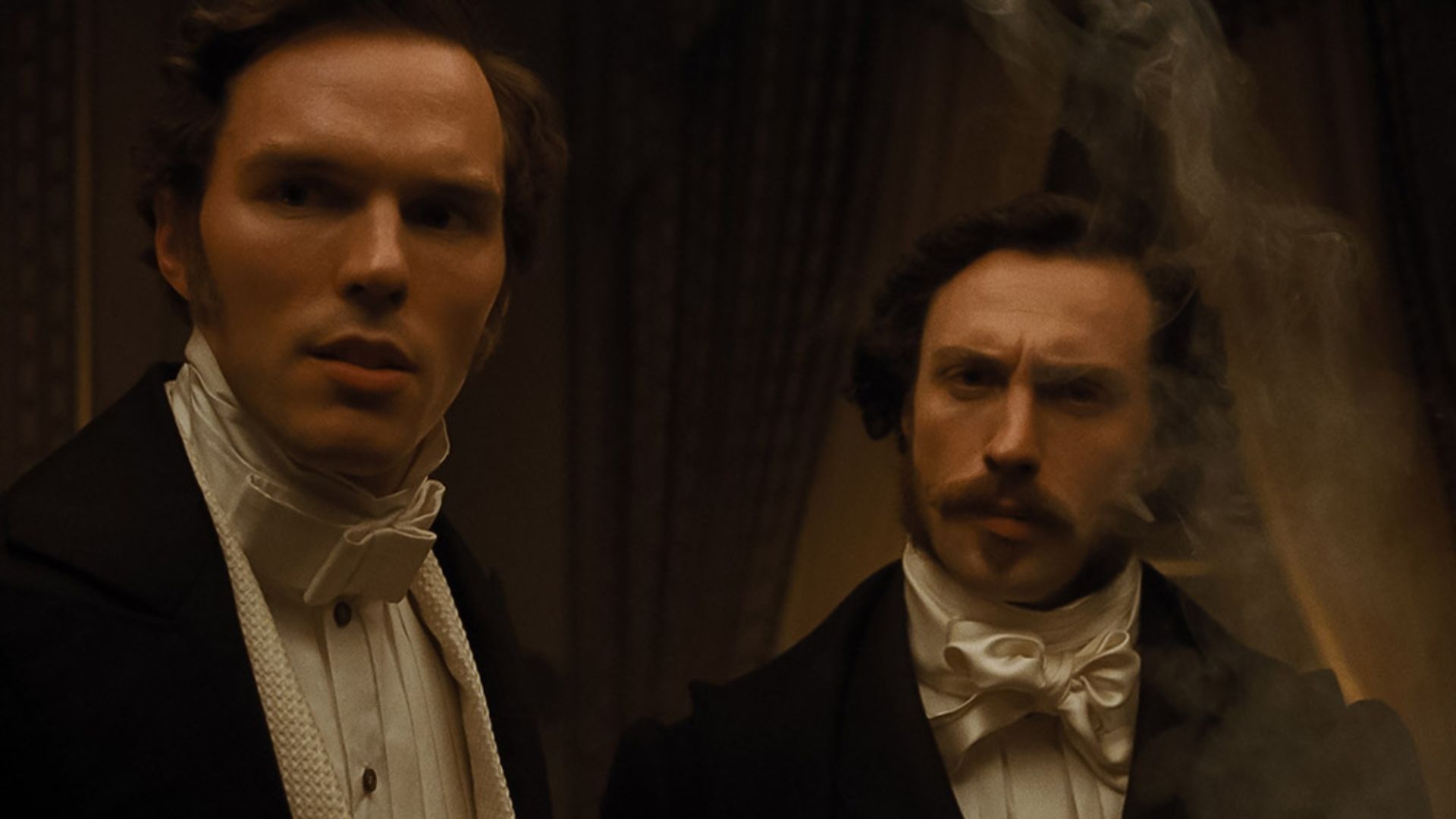
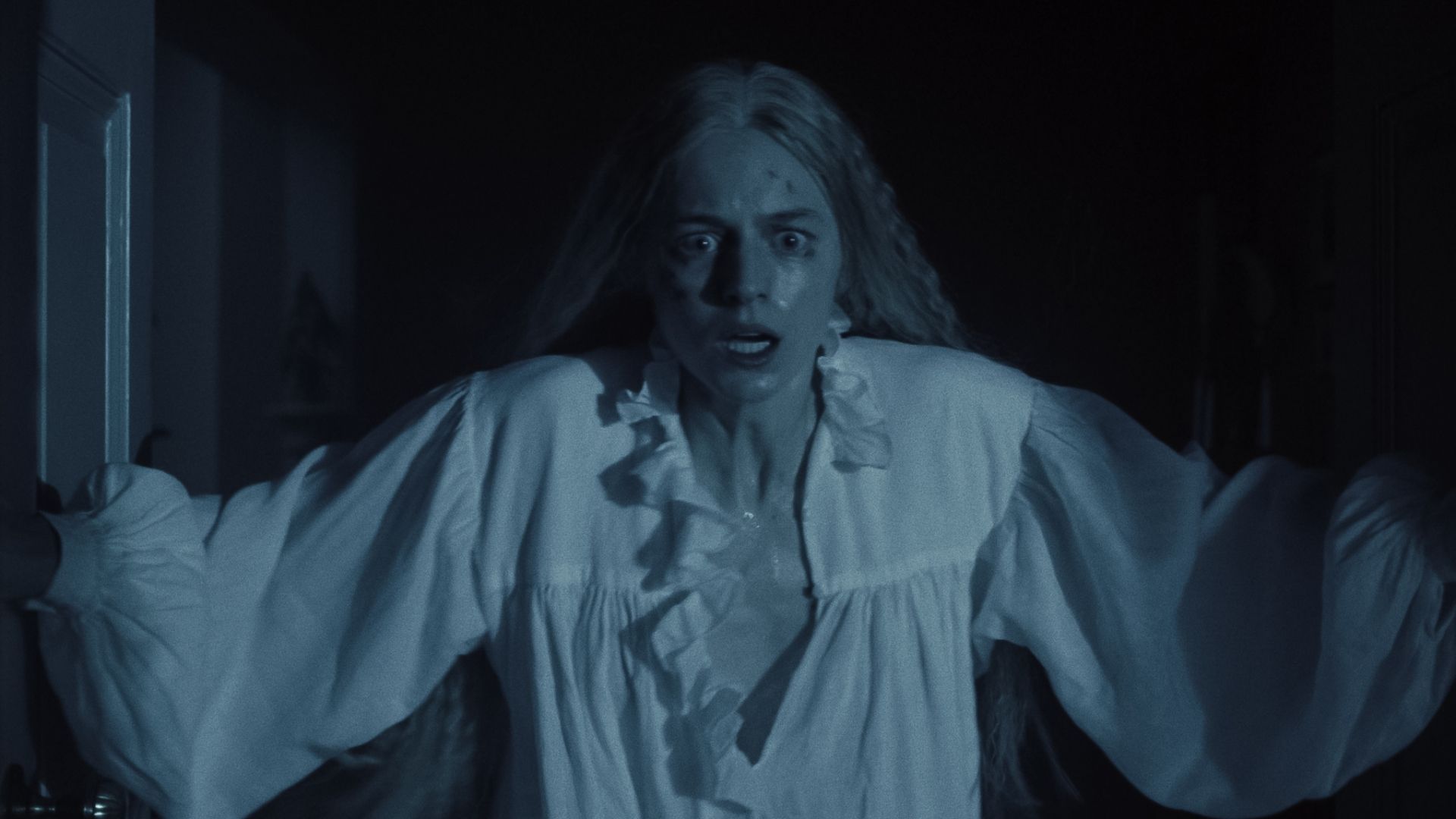
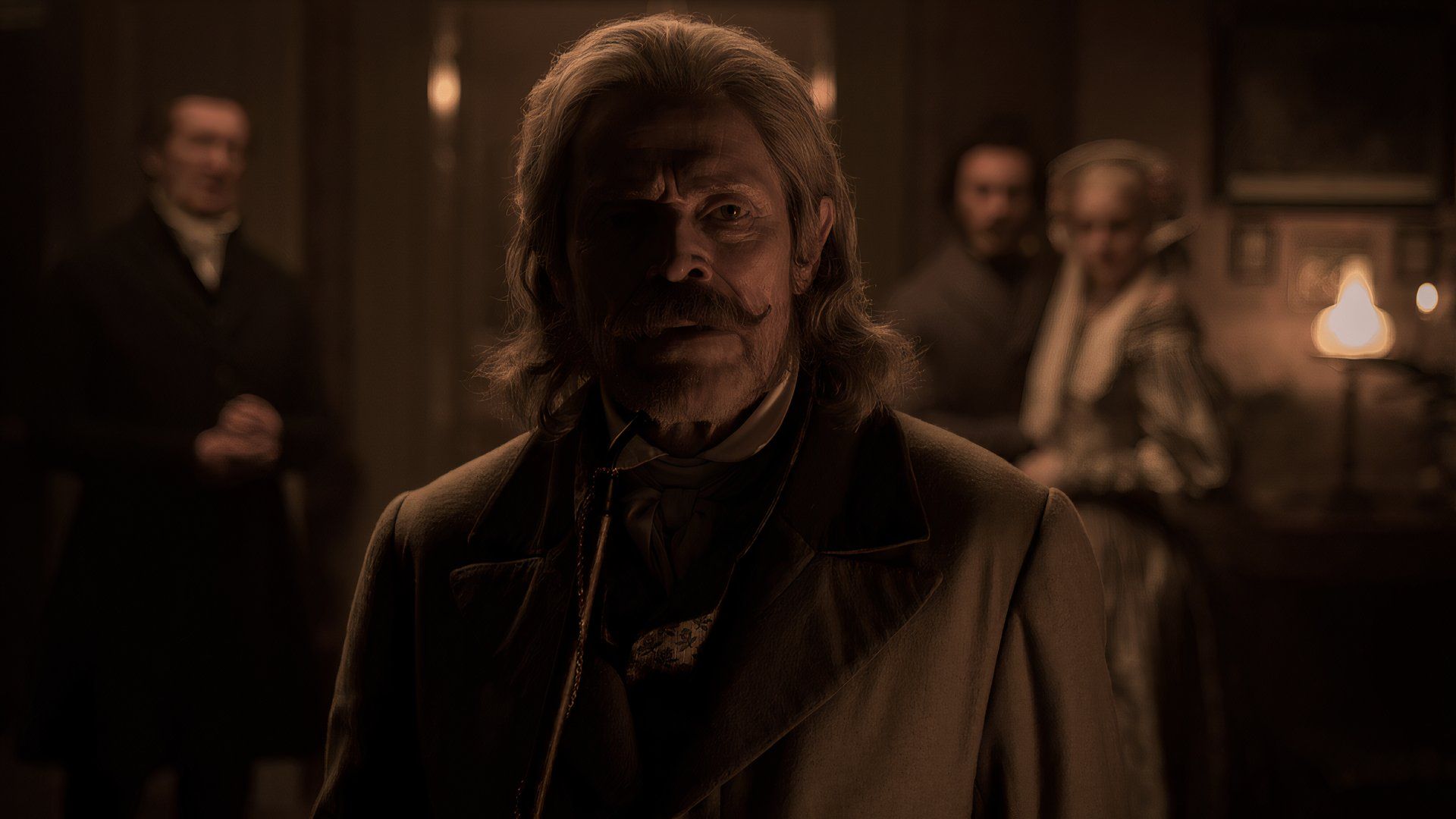
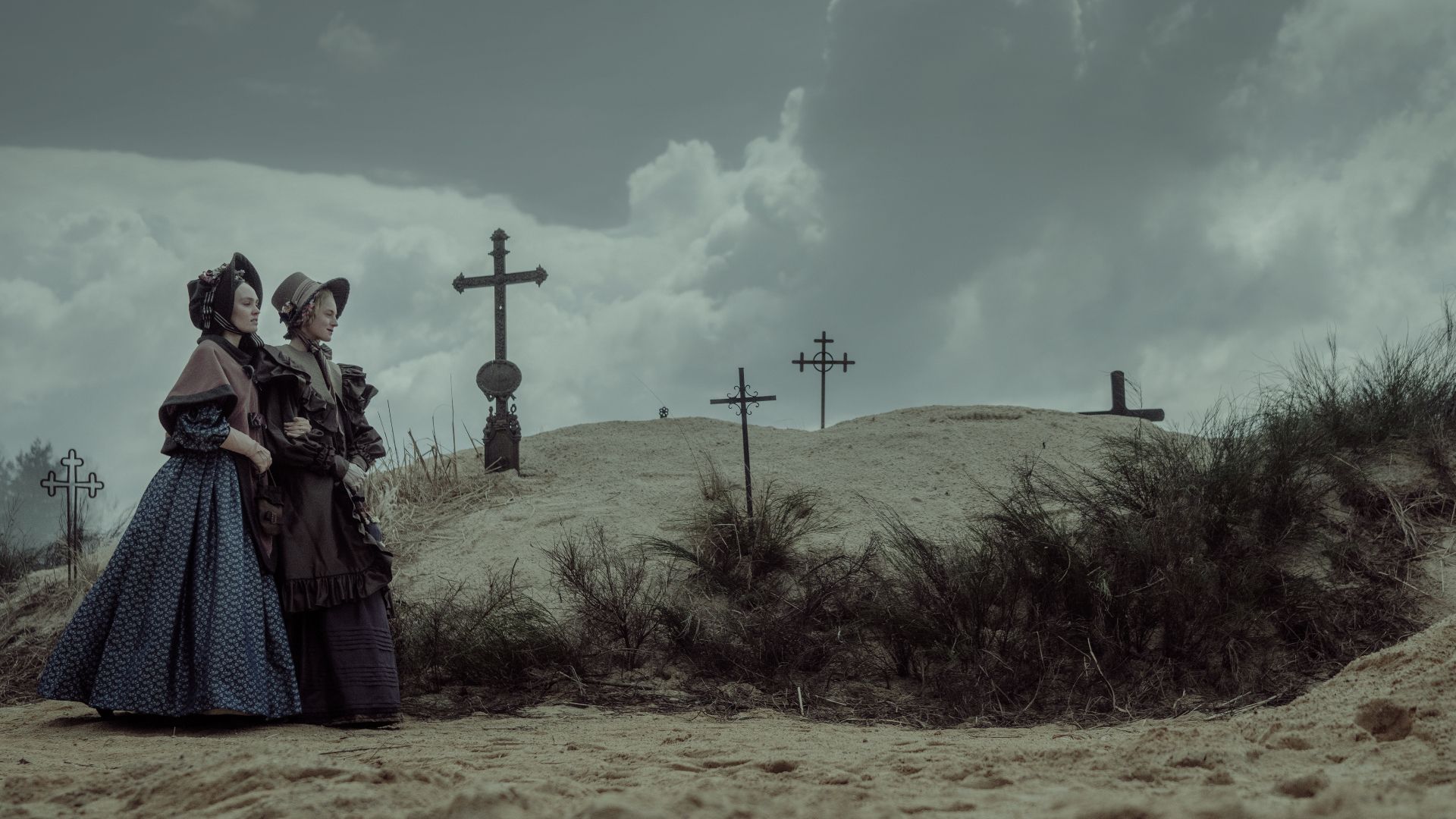
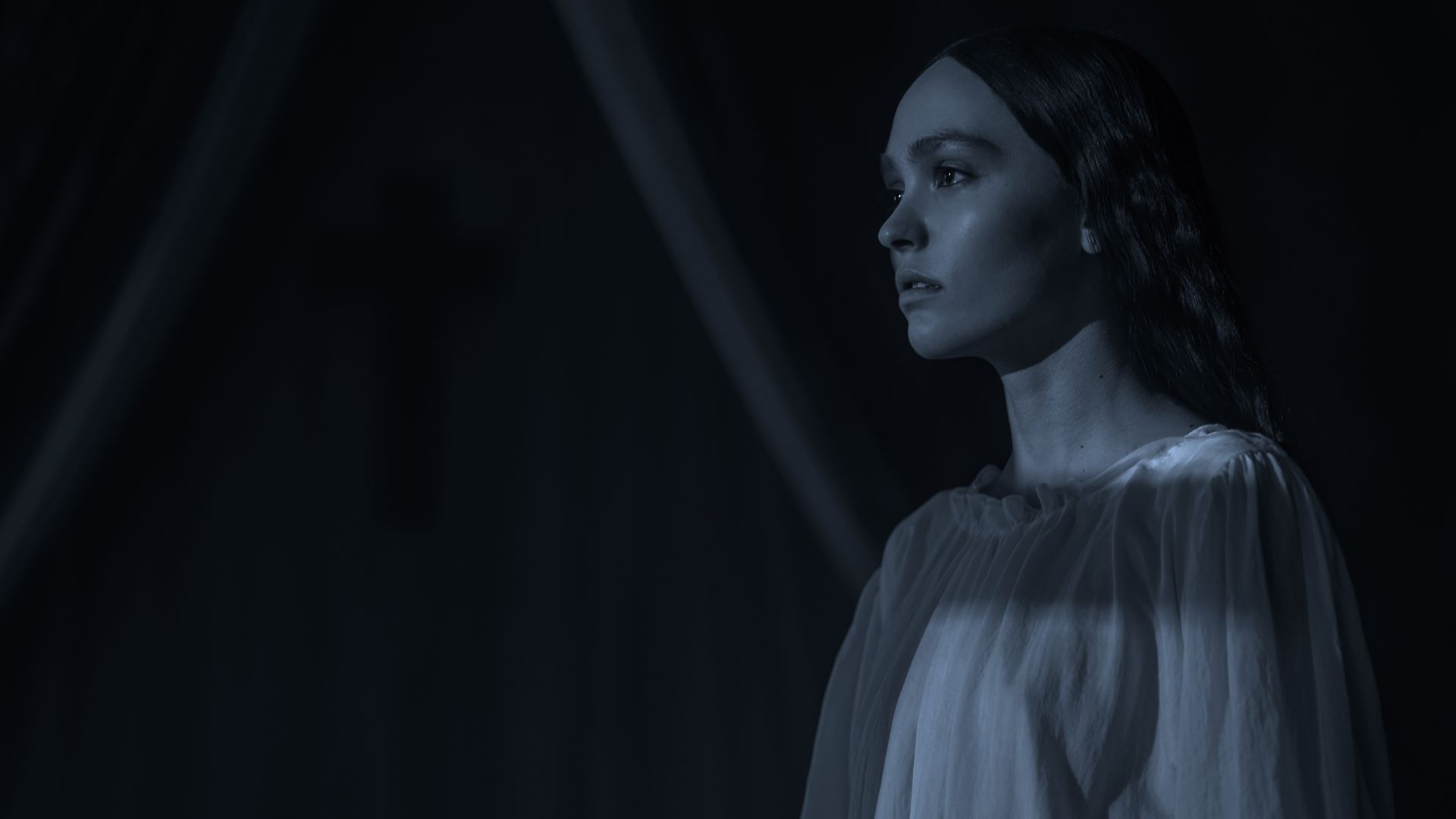
Lily-Rose Depp takes on intense scenes showing Ellen’s ‘sadness’, as well as her seizures, sleepwalking, and apparent possession. It’s a heavy load for any actor, but she handles it admirably, becoming the main focus of the story. Hoult and Aaron Taylor-Johnson give their best performances as the less-than-smart male characters who are so caught up in their own problems that they fail to notice impending dangers until it’s too late.
Bill Skarsgård transforms exceptionally into the grotesque and cadaverous Count Orlok, a departure from past portrayals. Notably, this Count Orlok sports a substantial mustache. The voice of Count Orlok is remarkable, demanding the attention of any movie theater’s sound system. Daniel Dafoe assumes the role of Van Helsing, delivering a performance that remains authentic and gripping, especially during the film’s more dramatic moments. Overall, the cast immerses themselves completely in this world, seamlessly integrating with the dark gothic horror atmosphere of Eggers’ reimagined history.
Eggers’ Nosferatu is meant for horror fans, cinephiles, and anyone looking to get a deeper and grosser take on the classic. It’s a fascinating experiment in a remake, creating a bookend to the history of cinematic horror, from the 1920s to now. If you’re familiar with the story, however, there are very few plot changes, and if you haven’t seen it, it’s probably a higher priority than this version. Nonetheless, this is a film stamped with its own aesthetic and a great example of how, 100 years later, the technological advances may be better, but the fundamentals remain. Nosferatu is in theaters on December 25, 2024, from Focus Features. It’s a production of Maiden Voyage Pictures, Studio 8, and Birch Hill Road Entertainment.
Read More
- Grimguard Tactics tier list – Ranking the main classes
- Silver Rate Forecast
- USD CNY PREDICTION
- Gold Rate Forecast
- Former SNL Star Reveals Surprising Comeback After 24 Years
- 10 Most Anticipated Anime of 2025
- Black Myth: Wukong minimum & recommended system requirements for PC
- Box Office: ‘Jurassic World Rebirth’ Stomping to $127M U.S. Bow, North of $250M Million Globally
- Hero Tale best builds – One for melee, one for ranged characters
- Mech Vs Aliens codes – Currently active promos (June 2025)
2024-12-03 00:32